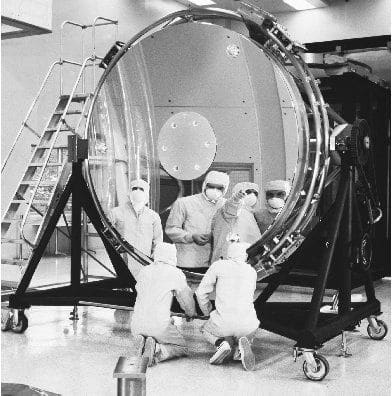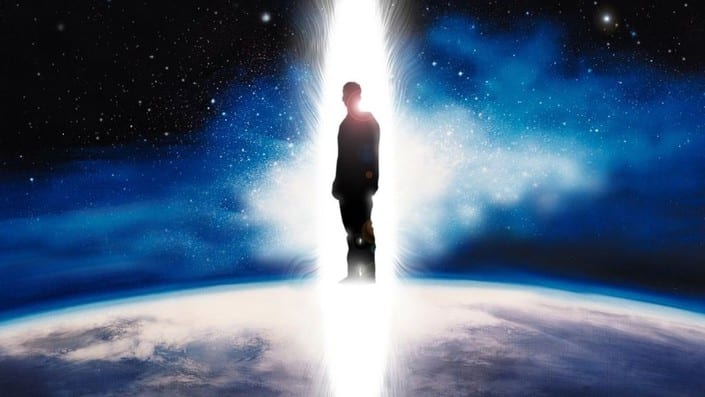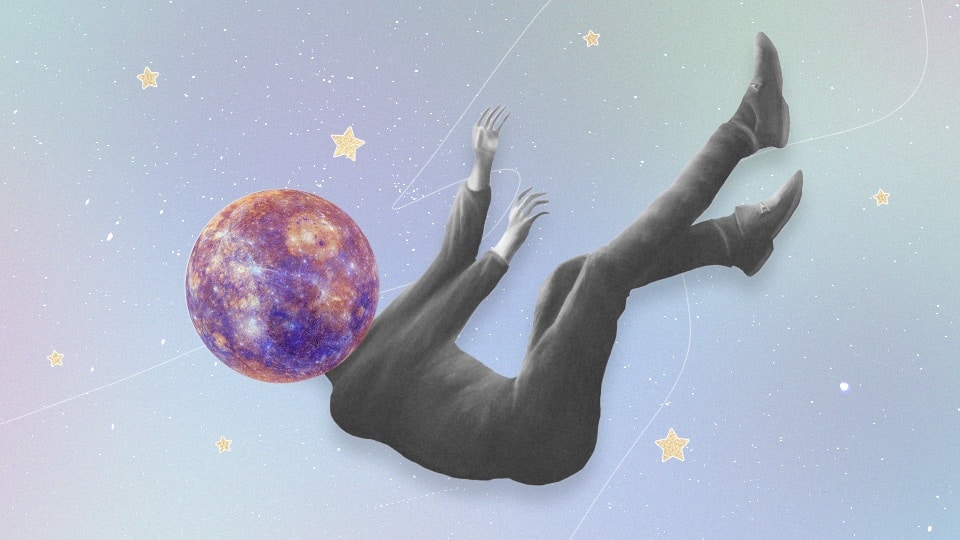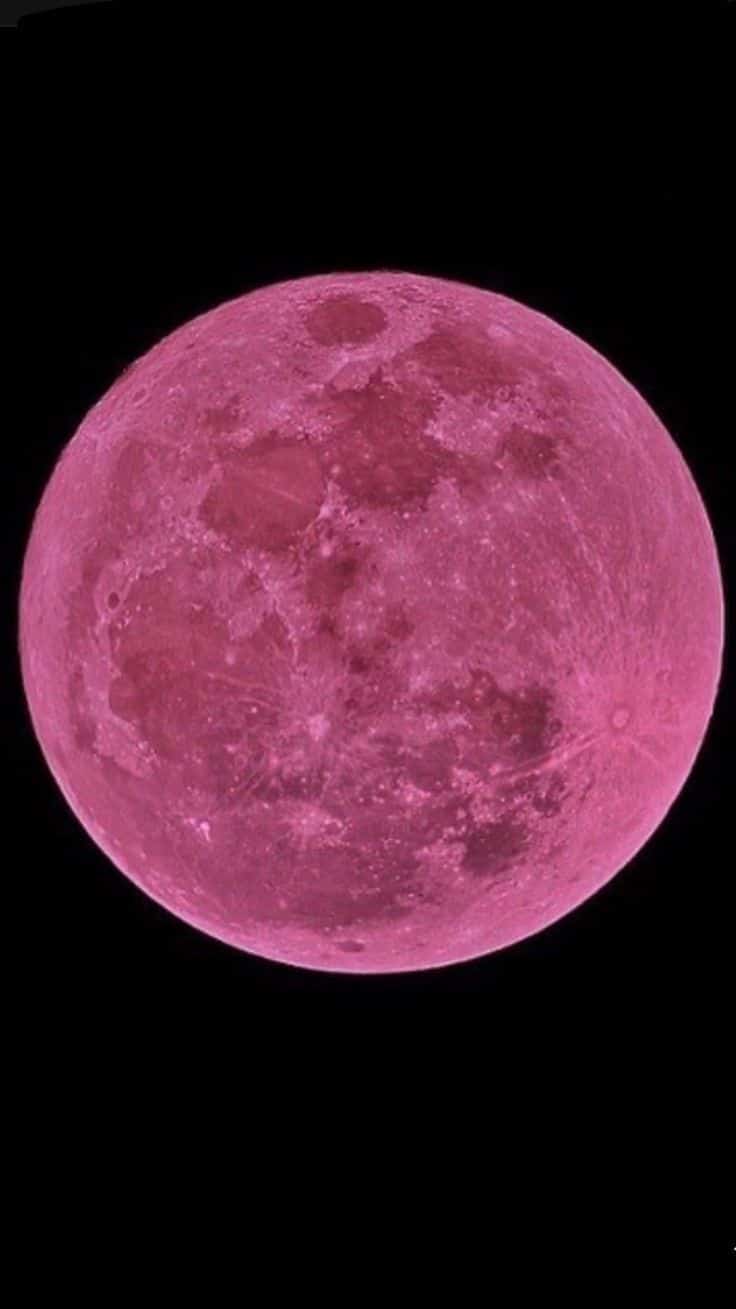Hubble Space Telescope (HST) is the first intricate optical observatory placed into orbit around Earth. Since the Earth’s atmosphere conceals ground-based astronomers’ view of celestial objects by absorbing or distorting light rays from them, a telescope stationed in outer space is a better option. This brought about the invention of the HST. These are the most mind-blowing discoveries the telescope has found.
When did scientists invent the HST?
In 1977, the U.S. Congress authorized the construction of the HST. In the same year, under the supervision of the National Aeronautics and Space Administration (NASA) of the United States, scientists built the space telescope. It would go into orbit years later.
They named the telescope after Edwin Hubble, the foremost American astronomer of the 20th century. The crew of the space shuttle discovery placed the large reflecting telescope, HST, into orbit about 600 km (370 miles) above Earth on April 25, 1990.
How does the HST work?
The telescope has mirror optics that gather light from celestial objects and direct it into cameras. The HST has a 2.4-meter (94-inch) primary mirror, a smaller secondary mirror, and various recording instruments that can detect visible, ultraviolet, and infrared light.
It takes photographs with the wide-field planetary camera, which can take either wide-field or high-resolution images of the planets and galactic and extragalactic objects. Then it returns these impressive photographs of various cosmic discoveries that have revolutionized astronomy.
The HST’s revolutionary discoveries
The observations of Cepheid variables in nearby galaxies allowed the first accurate determination of Hubble’s constant, which is the rate of the universe’s expansion. The HST returned pictures of young stars with different disks that will eventually become planetary systems.
The Hubble Deep Field, a photograph of about 1,500 galaxies, revealed galactic evolution over nearly the entire history of the universe. Within the solar system, the HST was also used to discover Hydra and Nix, two moons of the dwarf planet Pluto.
A weird discovery
The HST discovered a young planet whirling around a petulant red dwarf star, AU Microscopii, so close to its parent star that it experiences a consistent, torrential blast of energy, which evaporates its hydrogen atmosphere – causing it to puff off the planet. However, something’s weird.
In one orbit observed with Hubble, the planet looked like it wasn’t losing any material at all. The telescope observed the same orbit a year and a half later and showed clear signs of atmospheric loss. The quick change in a short time puzzles astronomers.
A starstruck galaxy
The irregular galaxy Arp 263, which lies around 25 million light-years away Leo constellation, lurks in the background of this image from the NASA/ESA Hubble Space Telescope, but the view is dominated by an astral photobomber, the bright star BD+17 2217.
Arp 263, also known as NGC 3239, is a patchy, irregular galaxy studded with regions of recent star formation. Many astronomers believe that its ragged appearance is because it formed from the merger of two galaxies.







